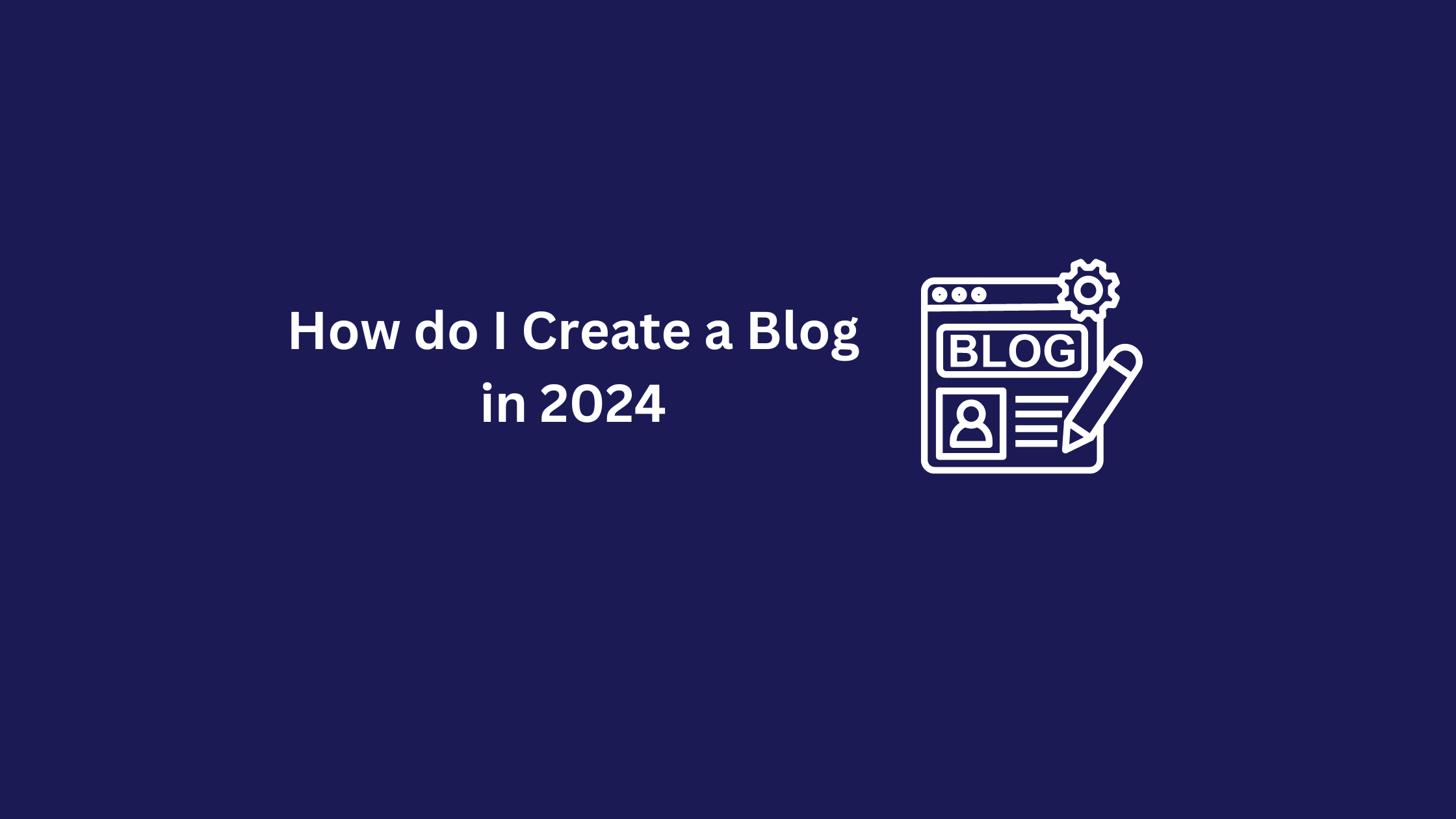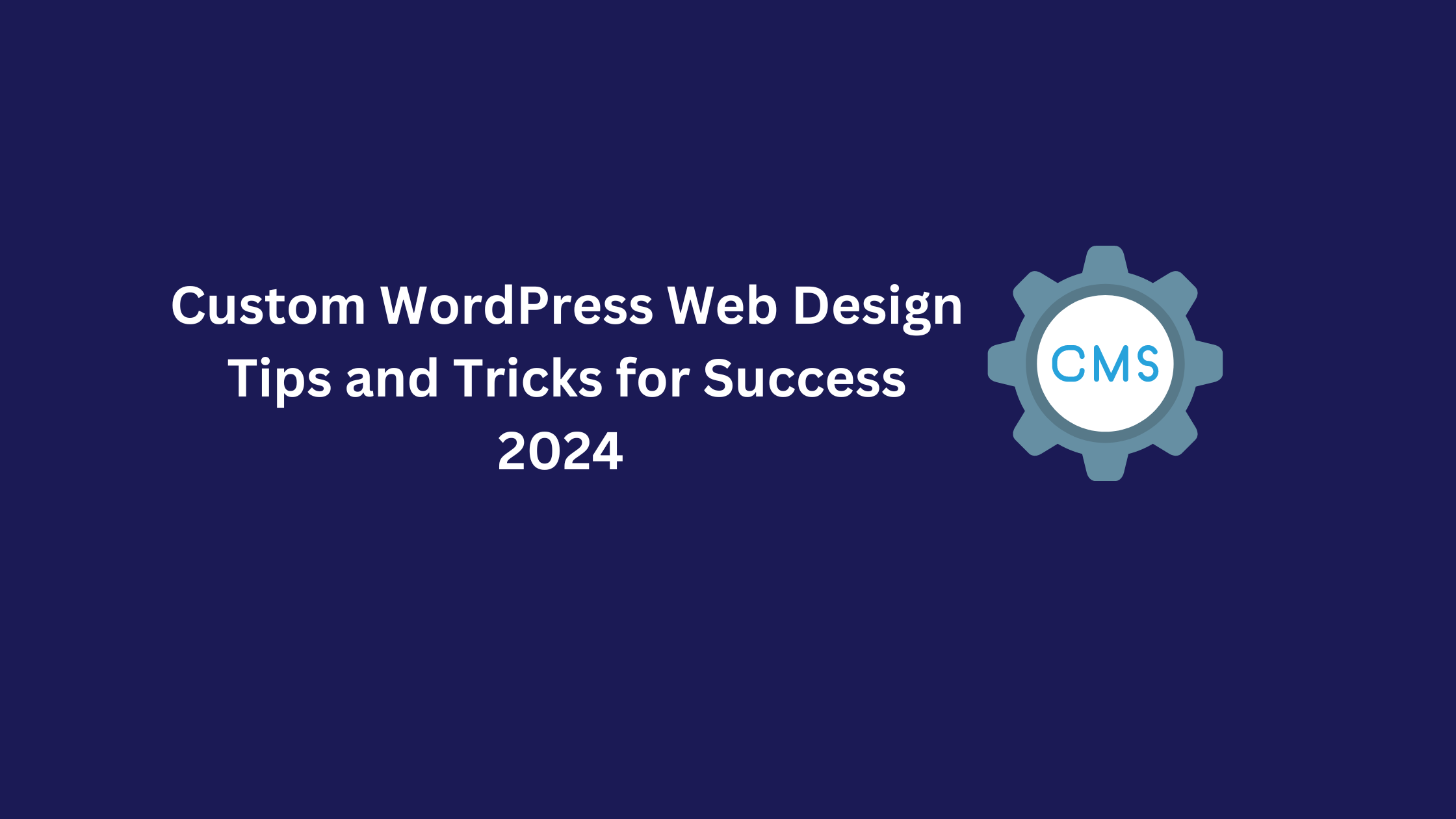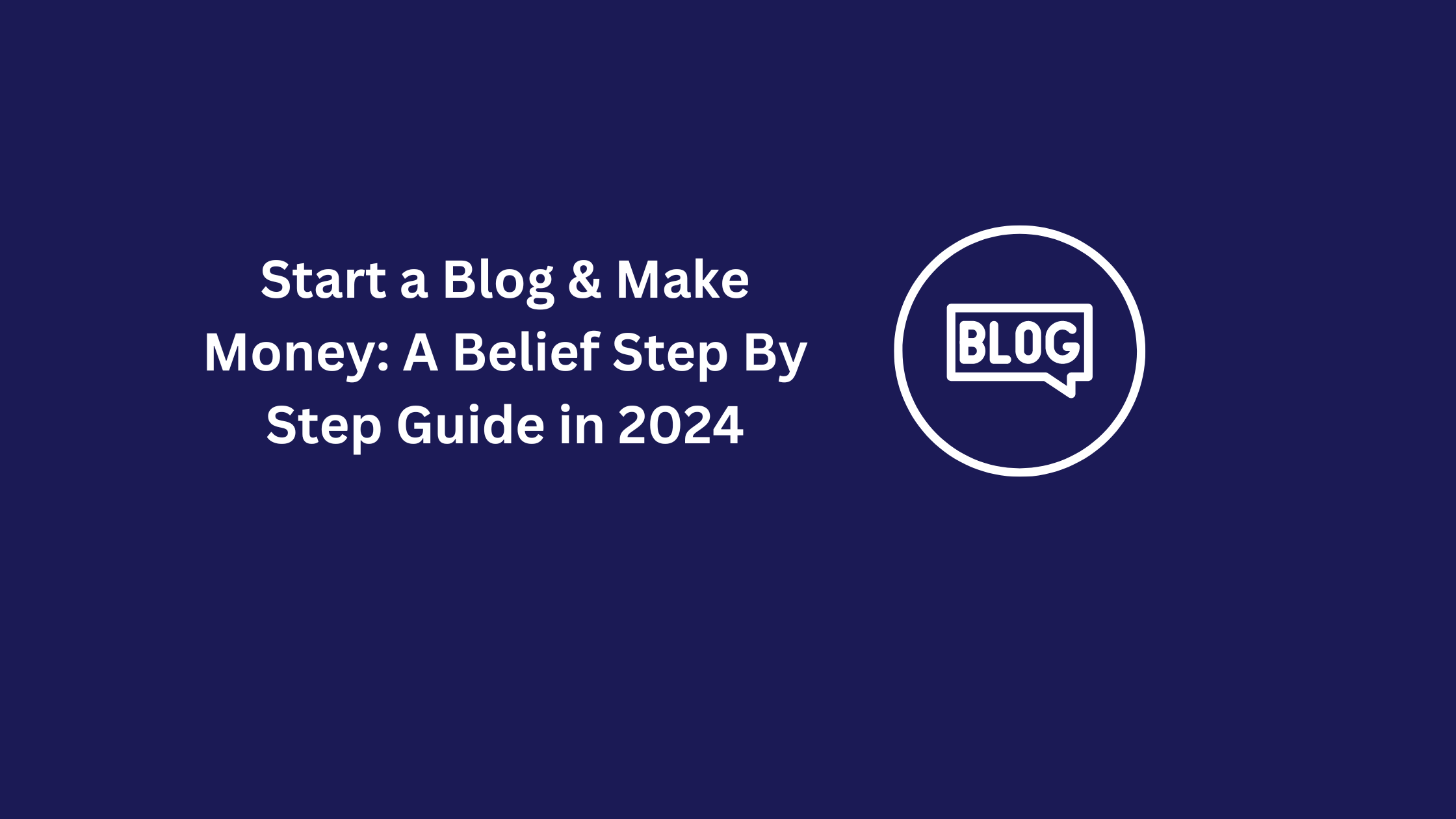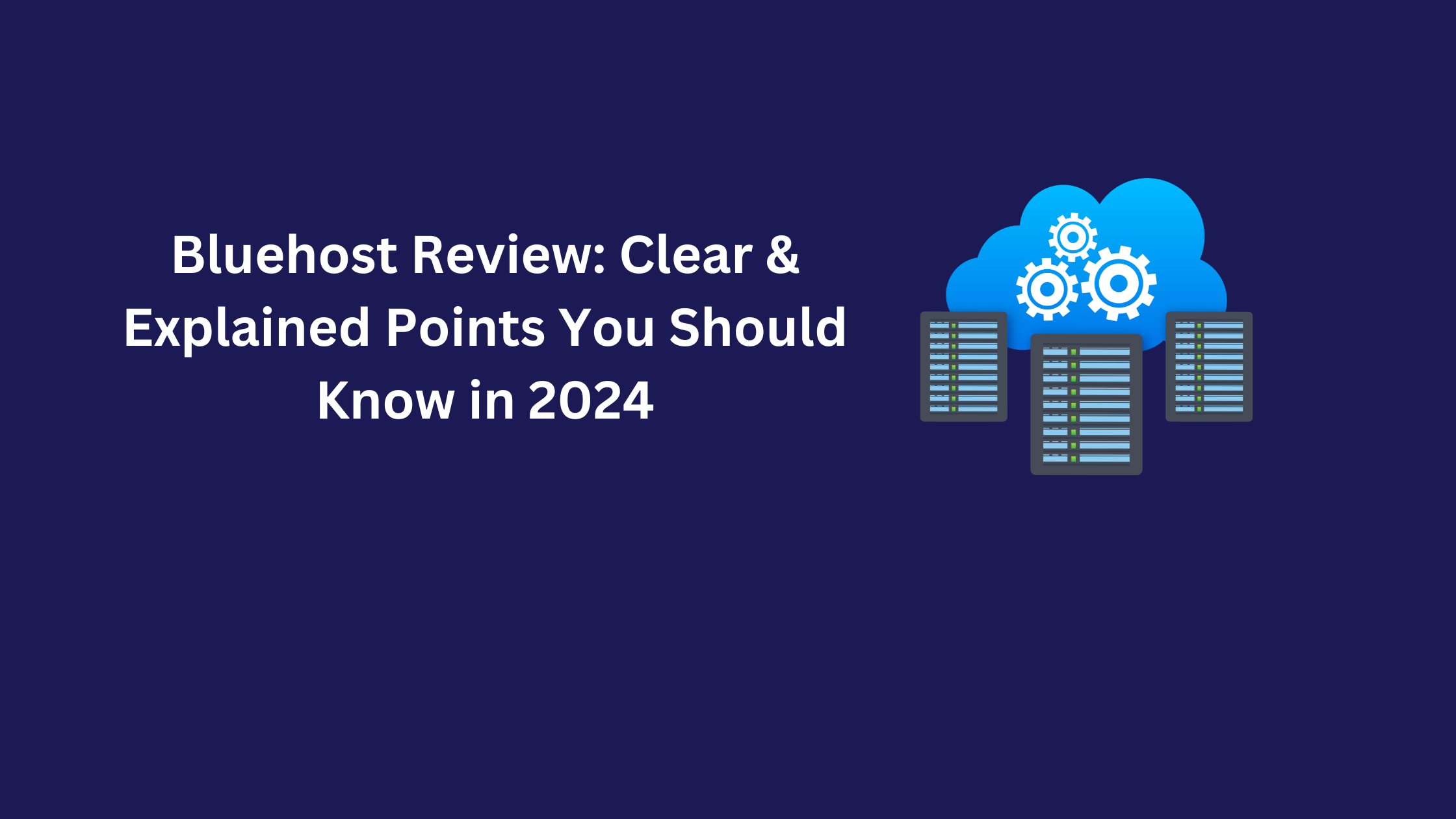How Do I Create A Blog? Starting a blog is an exciting journey into the world of storytelling and sharing knowledge. Whether you’re an entrepreneur, hobbyist,
or someone with a passion for expressing, creating a successful blog is within your reach.
In this guide, we’ll explore the essential steps to launch your blog,
from selecting the right platform to monetizing your content.
Follow along as we delve into the blogging world and turn your vision into a reality.
Key Takeaways Of How Do I Create A Blog
- Choosing the right blogging platform and domain name is foundational to your blog’s success.
- Design your blog with a theme that reflects your vision, and enhance functionality with essential plugins.
- Content is king, so create compelling posts that resonate with your audience and establish a consistent publishing schedule.
- Promote your blog through social media, SEO best practices, and networking with other bloggers to expand your reach.
- Explore various monetization strategies to turn your blog into a profitable venture.
Choosing the Right Foundation
Comparing Blogging Platforms
When embarking on the journey of creating a blog,
one of the first and most crucial decisions you’ll make is choosing the right blogging platform.
Each platform offers unique features and functionalities that cater to different blogging needs.
It’s essential to compare these platforms to find the one that aligns with your vision and goals.
The platforms I’ve mentioned are all different, and that’s on purpose. I wanted to find sites that do one important thing really well: let you write posts and share them with everyone.
Here’s a quick comparison of some popular blogging platforms based on ease of use, features, and design:
| Platform | Ease of Use | Features | Design |
|---|---|---|---|
| WordPress | 4 | 5 | 5 |
| Wix | 4 | 5 | 4 |
| Substack | 5 | 3 | 2 |
| 5 | 2 | 1 | |
| Medium | 5 | 3 | 2 |
While platforms like WordPress and Wix offer extensive customization and design options, others like Substack and Medium provide a built-in audience and simpler tools.
It’s important to weigh these aspects against your personal needs for customization, community building, and potential for growth.
The Benefits of a Self-Hosted Blog
Opting for a self-hosted blog provides unparalleled control and ownership over your content and your site’s overall look and feel.
Self-hosting is the only way to build a successful online brand around your blog that your readers can trust and fall in love with.
With a self-hosted WordPress,
you’re not just getting a blogging platform; you’re gaining access to a vast repository of themes, plugins, and tools to enhance your site’s functionality and appeal.
A self-hosted blog is not only a cornerstone for establishing your online presence but also a gateway to monetization and brand building.
The transition to a self-hosted platform might seem daunting, but the benefits are clear. You have the freedom to make any tweaks you desire,
and the ability to monetize your blog in any way you see fit. Here’s a quick rundown of why a self-hosted WordPress is a top choice:
- Preferred by top bloggers
- Reliable and secure
- Easy to set up
- Cost-effective
Choosing a self-hosted blog is the first step towards a professional blogging journey.
It’s where the magic begins, with a domain name that becomes your unique web address, inviting visitors into your world of content.
Selecting the Perfect Domain Name
After brainstorming and comparing options, selecting the perfect domain name is pivotal in creating your blog.

Your domain name is your identity on the web; it should be unique, memorable, and reflective of your brand.
When choosing your domain, consider these points:
- Keep it short, simple, and catchy to ensure it’s easy to remember.
- Stick to letters to avoid confusion; special characters and numbers can complicate things.
- While .com is the most recognized domain extension, don’t avoid others like .net or .blog if they better suit your brand.
- Steer clear of trendy terms to ensure your domain remains relevant over time.
Purchasing your domain name is straightforward. Once you’ve ensured its availability, you can register it through a domain registrar or hosting provider. While some opt to buy directly from their host, exploring dedicated registrars can offer more flexibility.
Using a domain name generator can be a helpful tool if you’re stuck.
These generators provide suggestions based on your input, which can be a fun way to discover available names you might not have considered.
Designing Your Blog
Selecting a Theme That Reflects Your Vision
The theme you select is the cornerstone of your blog’s aesthetic and functionality.
Choosing a theme that aligns with your vision and the message you want to convey to your audience is essential.
When browsing through themes, consider the following points to ensure you make the right choice:
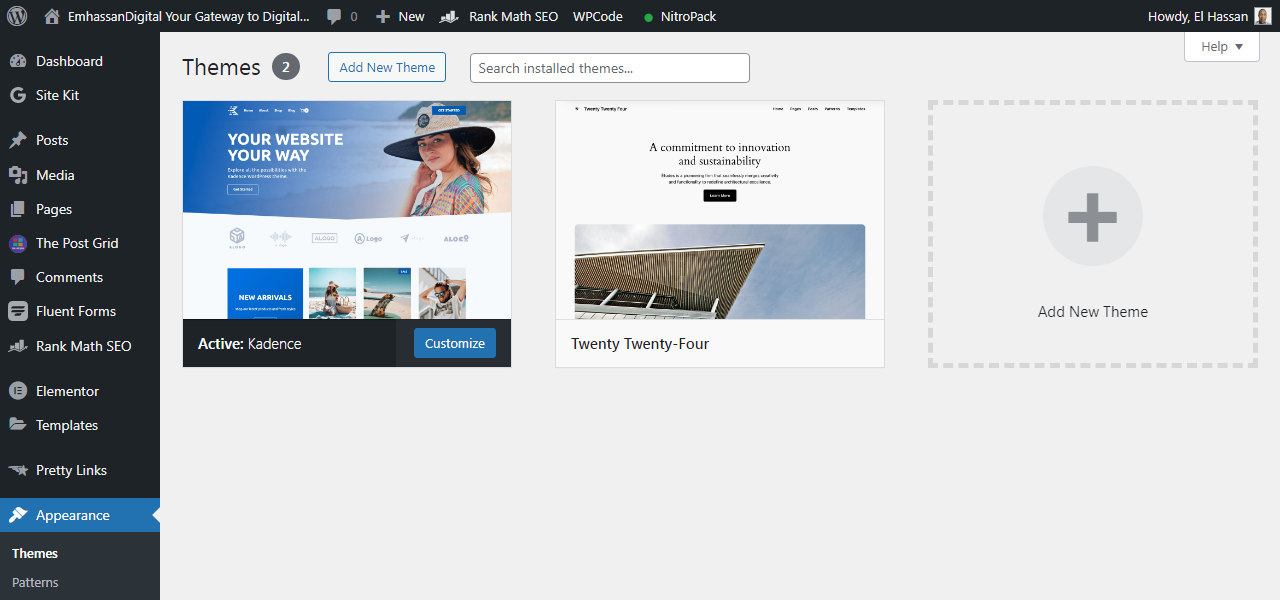
- Ease of Customization: Look for themes with straightforward options for tweaking colors, fonts, and layouts. This flexibility allows you to personalize your blog without needing extensive technical knowledge.
- Responsive Design: With growing number of users accessing content on mobile devices, a responsive theme is non-negotiable. It ensures your blog looks good on any screen size.
- Feature Set: Identify the key features that are important for your blog. Do you need e-commerce capabilities, or are you focusing on multimedia content? Make sure the theme can accommodate your needs.
Once you’ve selected a theme, the process of installing and customizing it to fit your style is typically user-friendly. Many themes come with intuitive options that let you adjust various elements to create a distinctive look for your blog.
Remember, the theme is more than just a pretty face for your blog;
it’s the framework that will host your content and engage your visitors.
Take the time to pick a theme that looks good and enhances your site’s user experience.
Essential Plugins for Enhanced Functionality
Plugins are the secret sauce that can transform a basic blog into a powerful online platform.
Choosing the right plugins can significantly enhance your blog’s functionality, making it more user-friendly and efficient.
For instance, Elementor is a drag-and-drop page builder plugin that simplifies website creation and is tailored for beginners and professionals.
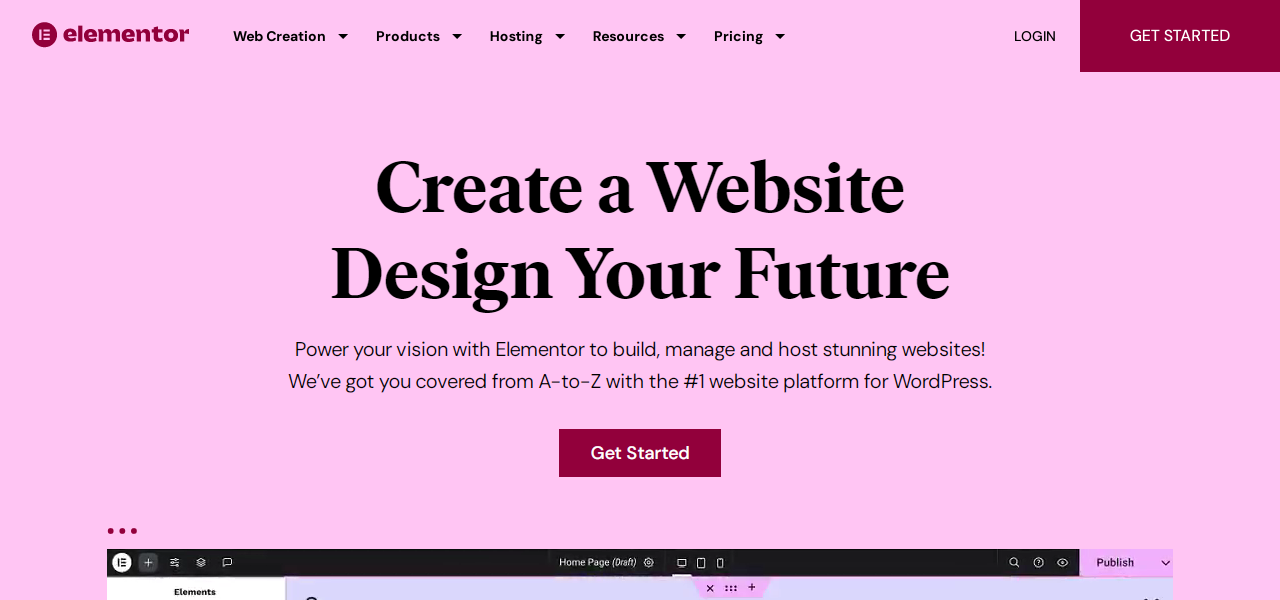
When selecting plugins, consider what functionalities you want to add.
Whether it’s SEO optimization, social media integration, security,
or e-commerce, there’s a plugin to fit your needs. Here’s a curated list of recommended plugins to get you started:
- SEO Plugin: To optimize your blog for search engines.
- Social Sharing: To increase your content’s reach on social media platforms.
- Security Plugin: To protect your blog from threats.
- Backup Plugin: To safeguard your data.
- Page Builder: This is for easy customization of your blog’s layout.
Each plugin comes with its own settings and configuration options, which allows for a tailored experience that aligns with your blogging goals. Taking the time to customize these settings can enhance your blog’s professionalism and ensure smooth operation.
Setting Up Categories and Tags for Organization
Organizing your blog with categories and tags is crucial for user experience and SEO. Categories structure your content into major topics,
while tags describe specific details of your posts. Here’s how to set them up effectively:
- Navigate to your blogging platform’s dashboard and look for the option to manage posts.
- Create main categories that represent the broad topics you’ll cover. For example, a pet blog might have categories like ‘Dogs‘, ‘Cats‘, and ‘Pet Care‘.
- Add subcategories under these main ones, if necessary, to further refine your topics.
- Use tags to highlight specific aspects of your content, such as ‘Training Tips’ or ‘Nutrition Advice’.
When creating categories, think about the long-term structure of your blog. It’s easier to start with a well-organized framework than to restructure later.
Remember to provide clear names and descriptions for your categories to help visitors and search engines understand your content.
Once set up, you can assign categories and tags to your posts either when drafting them or by editing existing posts.
This organization aids in navigating your blog and can significantly improve your site’s discoverability.
Creating Compelling Content
Brainstorming Ideas That Resonate with Your Audience
To identify the top-performing content on your blog, analyze metrics such as page views and social shares.
This data can reveal patterns in topics that captivate your audience, providing a roadmap for future posts.
Understanding your audience’s needs and preferences is crucial for creating content that resonates. Utilize surveys and social media analytics to gain insights and tailor your content accordingly.
When considering new topics,
think from your reader’s perspective. What questions might they have? Addressing these can form the basis of engaging and relevant content.
Keep abreast of news and developments in your sector; industry events can be a goldmine for fresh ideas.
Here are some strategies to consider:
- Offer expert insights and personal experiences to provide value.
- Ensure your content is reader-centric, addressing their interests and challenges.
- Create topic clusters: start with broad subjects and explore related subtopics in depth.
Crafting Your First Blog Post
Writing your first blog post is a significant milestone in your blogging journey. It’s essential to focus on quality content that resonates with your audience.

Begin by organizing your thoughts and creating an outline to structure your post effectively.
Your initial blog post is more than just an article; it’s the foundation of your blog’s identity. Make it engaging and informative to leave a lasting impression on your readers.
Here’s a simple guide to help you format your first blog post for success:
- Choose a captivating title that grabs attention.
- Write an introduction that sets the stage for your content.
- Organize your content with headings and subheadings.
- Use short paragraphs and bullet points to enhance readability.
- Conclude with a call-to-action or a thought-provoking question.
By following these steps,
you’ll ensure that your post is enjoyable to read and rewarding for you as the writer. As you continue to write, new ideas will naturally emerge, adding to your unique flair.
Establishing a Content Calendar for Consistency
An effective content calendar is a strategic tool that helps you maintain a consistent publishing schedule,
ensuring that your audience always has something new to look forward to. It’s not just about keeping track of what to publish and when;
it’s about planning your content to align with your blog’s goals and audience’s interests.
By using a simple spreadsheet program like Excel or Google Sheets, you can easily organize your content calendar. Include columns for the publishing date, blog title, main keywords, the current status of your post, and any notes that may assist in the content creation process.
Consistency is key to keeping your readers engaged and your blog active, which can also boost your search ranking. Here’s a basic structure for your content calendar:
- Publishing Date
- Blog Title
- Main Keywords
- Status (Draft, Editing, Ready to Publish)
- Notes/Comments
Remember to schedule regular brainstorming sessions to keep your content fresh and relevant. This will help you avoid running out of ideas and ensure your blog remains a dynamic and engaging platform for your audience.
Promoting Your Blog
Leveraging Social Media to Reach a Wider Audience
Social media platforms are invaluable tools for expanding your blog’s reach.
You tap into vast networks of potential readers by sharing your content on sites like Facebook, Instagram, Twitter, and LinkedIn.
It’s not just about the major platforms; consider promoting your blog on niche social networks that align with your blog’s topic for targeted exposure.
Engaging with your audience is crucial. Respond to comments and messages to build a community around your blog. This interaction not only fosters loyalty but also increases the chances of your content being shared further.
Investing in social media ads can be a strategic move,
especially if your content has commercial value.
A small budget can go a long way in boosting your posts to a wider audience on platforms like Facebook, Twitter, and LinkedIn. Here’s a simple breakdown of actions to take:
- Share your posts regularly on social media.
- Engage with your audience by responding to comments.
- Promote your blog on niche social networks.
- Consider paid ads to amplify your reach.
Remember, the key is consistency and interaction. The more you connect with your audience, the more your blog will grow.
SEO Best Practices for Bloggers
Implementing SEO strategies is crucial to enhance your blog’s search engine rankings. Start with keyword research to identify terms your audience is searching for.

This will guide your content creation, ensuring your blog posts are discoverable by potential readers.
- Research Keywords for your Blog
- Optimize Blog Post Titles
- Create Valuable Content
- Optimize Content for SEO
Ensure each post is optimized for SEO, which includes using intent-based keywords and earning inbound links from reputable websites.
A well-structured SEO strategy can significantly increase your blog’s visibility and drive more organic traffic.
By focusing on both on-page and off-page SEO tactics, you can build a strong foundation for your blog’s online presence.
Networking with Other Bloggers and Influencers
Networking with fellow bloggers and influencers can significantly boost your blog’s visibility.
Forming strategic partnerships can lead to content sharing that introduces your blog to new audiences.
Start by engaging with influencers on social media or through their blogs, offering value, and building rapport before suggesting a collaboration.
- Engage with influencers on social media
- Offer to share their content
- Suggest a collaboration
Establishing a mutual relationship is key. By sharing each other’s content, you both benefit from expanded reach and credibility.
Another effective strategy is writing guest posts for other sites.
This showcases your expertise and directs readers back to your blog.
Look for guest blogging opportunities on platforms like Medium or LinkedIn, and consider reaching out to publications in your niche.
Monetizing Your Blog
Exploring Different Monetization Strategies
When it comes to turning your blog into a revenue stream, the possibilities are vast and varied. Here are some of the most popular options:

- Affiliate Marketing: Earn commissions by promoting products you trust.
- Advertising: Generate income through ad platforms like Google Adsense or directly selling ad space.
- Sponsored Content: Partner with brands to create content that caters to your audience while being compensated.
- Product Sales: Develop and sell your own digital products or merchandise.
- Memberships: Offer exclusive content to subscribers for a fee.
Each strategy has its own set of advantages and challenges, and the best approach depends on your blog’s niche, audience, and your personal goals. Experimenting with different methods and tracking their performance is key to finding the right fit for your blog.
It’s important to note that successful monetization requires a balance between earning potential and the value provided to your readers.
Ensuring monetization efforts align with your blog’s content and audience expectations will foster trust and sustain long-term growth.
Setting Up Affiliate Marketing
The next step after joining an affiliate program is to integrate it seamlessly into your blog.
Choose affiliate partnerships that align with your niche to maintain authenticity and trust with your audience. For instance, if your blog focuses on technology,
partnering with programs like Amazon Associates or ShareASale can provide relevant products to your readers.
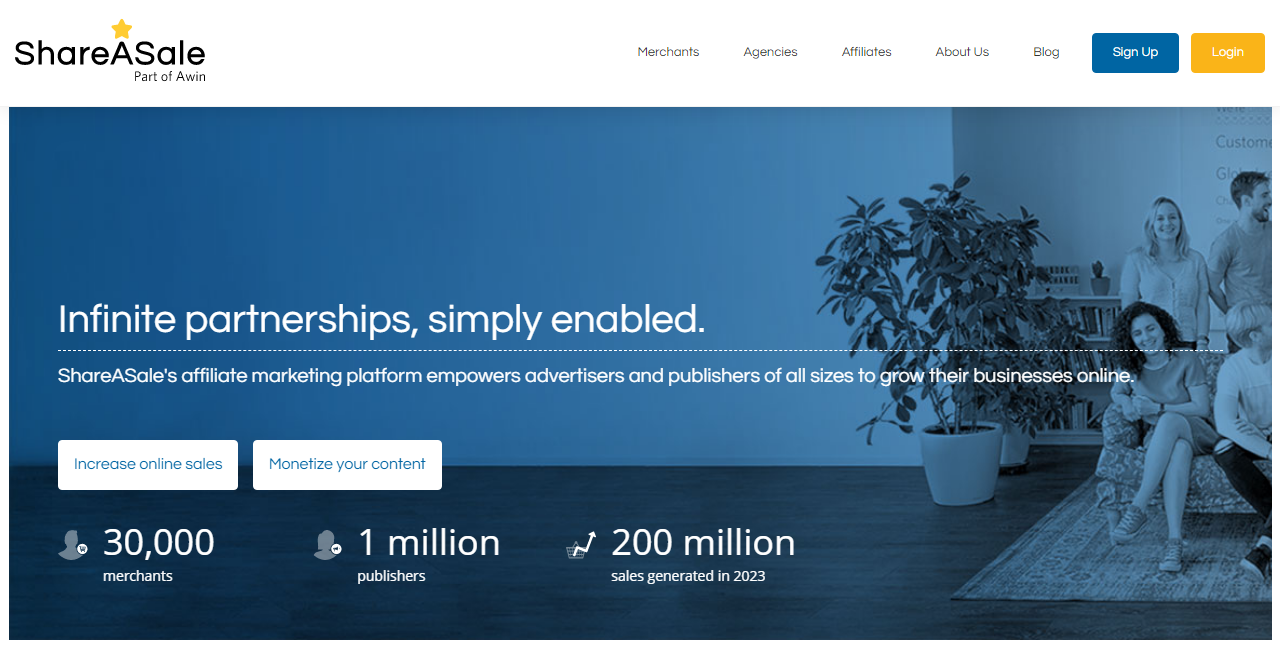
To manage your affiliate links effectively, consider using an affiliate marketing plugin. These tools can help you disguise less attractive links,
track your referrals, and even offer discounts to your readers who purchase through your links.
When setting up affiliate marketing, it’s crucial to analyze different programs and their commission structures. This will help you maximize your earnings and ensure that you’re promoting products that offer the best return on investment.
Remember, transparency is key.
Always disclose your affiliate relationships to your readers to comply with advertising standards and maintain your blog’s integrity.
Creating and Selling Digital Products
Creating and selling digital products is a powerful way to generate passive income from your blog.
Start by identifying the unique value you can offer through an ebook, course, or any other digital good.
Then, craft a compelling product that aligns with your audience’s interests and needs.
For example, you might create an ebook titled ‘How I Make Passive Income Selling Digital Products’ and ensure it’s packed with actionable insights.
Here’s a simple process to follow:
- Create the digital product you’re passionate about.
- Design appealing visuals like a thumbnail and wallpaper.
- Write a clear description and give your product a catchy title.
Pricing your digital products appropriately is crucial. Consider the perceived value, production costs, and competitor pricing to find the right balance.
Remember to leverage your blog to market these products.
Use your posts, email list, and other channels to reach potential buyers.
With the right strategy, your digital products can become a significant source of revenue.
Conclusion
Embarking on the journey of creating a blog is an exciting venture that allows you to share your voice and passions with the world. Throughout this article, we’ve explored the essential steps to launch a successful blog,
from selecting the perfect platform and niche to crafting your first post and developing a content strategy. Remember, the key to a thriving blog is consistent, quality content that resonates with your audience.
As you continue to grow and evolve your blog, stay true to your unique story and the community you build along the way.
Now that you have the knowledge and tools, it’s time to start blogging and make your mark on the digital landscape. Happy blogging!
Frequently Asked Questions
What is a blog?
A blog is an online platform where individuals can publish content regularly. It acts as a digital journal or diary, allowing people to express ideas, experiences, tutorials, or opinions on various subjects.
How can I start a blog for free?
You can start a blog for free by choosing a free blogging platform like WordPress.com, Blogger, or Medium. These platforms offer basic blogging functionalities without the need for hosting or domain fees.
What are the steps to create a blog with WordPress?
To create a blog with WordPress, sign up for web hosting, pick a domain name, install WordPress, choose a theme, install essential plugins, and start creating and publishing content.
How do I make my blog successful?
To make your blog successful, create high-quality and valuable content, promote your blog through SEO and social media, engage with your audience, and consistently analyze and improve your content strategy.
How do I choose the right blogging platform?
Choose a blogging platform based on your technical skills, budget, and goals. Compare different platforms, consider if you want a self-hosted blog for more control, and decide on your desired features.
What should I do to monetize my blog?
To monetize your blog, explore strategies such as displaying ads, affiliate marketing, sponsored content, selling digital products or services, and creating membership or subscription models.

